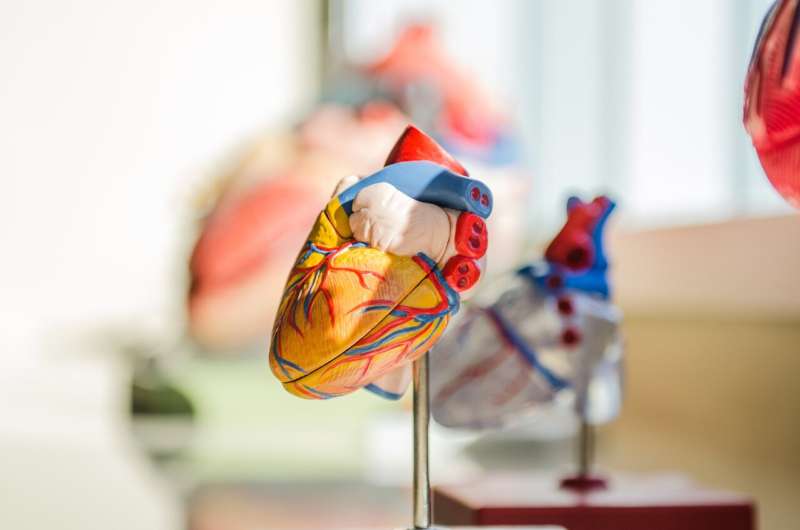Researchers find a way to mend a broken heart

A Monash University study has uncovered for the first time a way to prevent and reverse damage caused by broken-heart syndrome, also known as Takotsubo cardiomyopathy.
Using mouse models, the pre-clinical study published in the acclaimed journal Signal Transduction and Targeted Therapy, has shown the cardioprotective benefit of a drug called Suberanilohydroxamic acid, or SAHA, dramatically improved cardiac health and reversed the broken-heart. The landmark study used SAHA to target genes and is a world first for Takotsubo cardiomyopathy.
SAHA, currently used for cancer treatment, is approved by the US Food and Drug Administration (FDA) and Australian Therapeutic Goods Administration (TGA), works by providing a protective benefit to genes and in particular the acetylation/deacetylation (Ac/Dc) index, an important process that regulates gene expression.
The goal of the study, led by Professor Sam El-Osta from Monash Central Clinical School, was to better understand the regulatory mechanism as a first step towards improved treatment plans.
"We show for the first time a drug that shows preventative and therapeutic benefit is important to a healthy heart. The drug not only slows cardiac injury, but also reverses, the damage caused to the stressed heart," Professor El-Osta said.
Broken-heart syndrome is a weakening of the left ventricle, the heart's main pumping chamber and is brought on by stressful emotional triggers often following traumatic events such as the death of a loved one or a family separation. This condition mimics a heart attack with chest pain, shortness of breath and irregular heartbeat.
In western countries there is a clear, uneven distribution among patients with Takotsubo—the condition occurs almost exclusively in women, especially after menopause, with new research suggesting that up to 8 percent of women suspected of having a heart attack may have this disorder.
While the main symptoms are chest pain and shortness of breath, the precise cause isn't known. Experts think that surging stress hormones essentially flood the heart, triggering changes in heart muscle cells or coronary blood vessels (or both) that prevent the left ventricle from contracting effectively. This causes the heavy-achy-feeling you get in the chest which can be mistaken as a heart attack.
Most patients recover fully within two months which is the good news, but the bad news is that along the way some patients suffer from significant heart failure and other in-hospital complications. There is no standard treatment for broken-heart and while death is rare, heart failure occurs in about 20 percent of patients, with therapeutic options remaining limited.
"This pre-clinical study describes a new standard in preventative and therapeutic potential using a cardioprotective drug that targets genes in the heart," Professor El-Osta said.
The team is committed to the research of women's health recognising the uneven sex prevalence of almost 9:1 (female to male). Based on these promising results we are focussed on the continued development of compounds like SAHA to improve cardiac benefit and healthier life."
More information: Ishant Khurana et al, SAHA attenuates Takotsubo-like myocardial injury by targeting an epigenetic Ac/Dc axis, Signal Transduction and Targeted Therapy (2021). DOI: 10.1038/s41392-021-00546-y





















